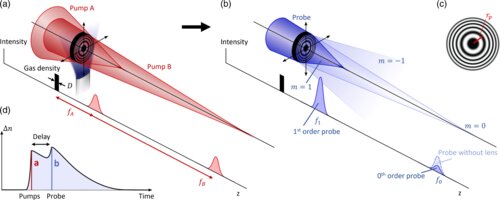- Joined
- 21 April 2009
- Messages
- 13,759
- Reaction score
- 7,700
AI, Directed Energy - Inherently Synergistic
AI, Directed Energy - Inherently Synergistic

One year slippage?
Destroyer Preble to get Lockheed high-energy laser in 2022 - Breaking Defense
Planned HELIOS installation comes amid congressional scrutiny of the tech and tightening contract deadlines.breakingdefense.com
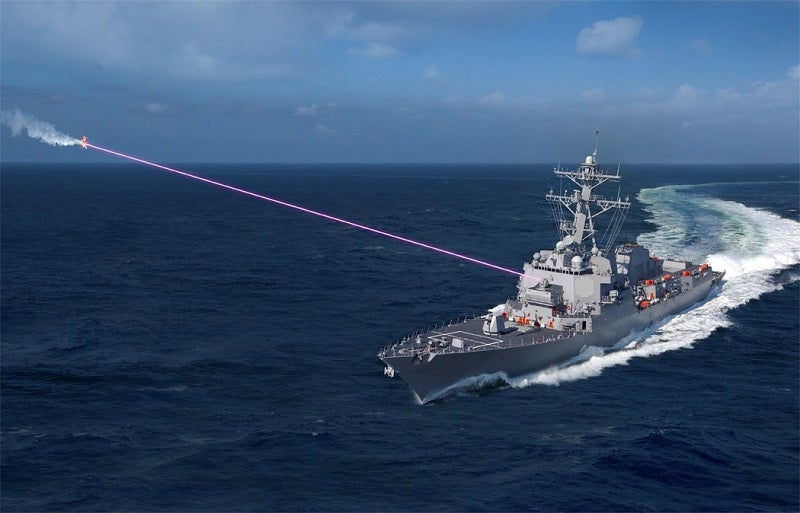

Hi.More sonic attacks against US diplomats at the heart of Europe:

'Havana syndrome': US baffled after new cases in Europe
Secretary of State Antony Blinken says investigations continue after more diplomats fall ill.www.bbc.com


Summarizing the findings of an internal CIA task force dedicated to investigating the cases, the official said, "In this extensive investigation we have so far not found evidence of state-actor involvement in any incident," adding, "[W]e assess it unlikely that a foreign actor, including Russia, is conducting a sustained, worldwide campaign, harming U.S. personnel with a weapon or mechanism."
However, the official emphasized, the agency's task force would continue investigating a small number of cases whose cause could not be determined. In those cases, the official said, the CIA has still "not ruled out the involvement of a foreign actor."

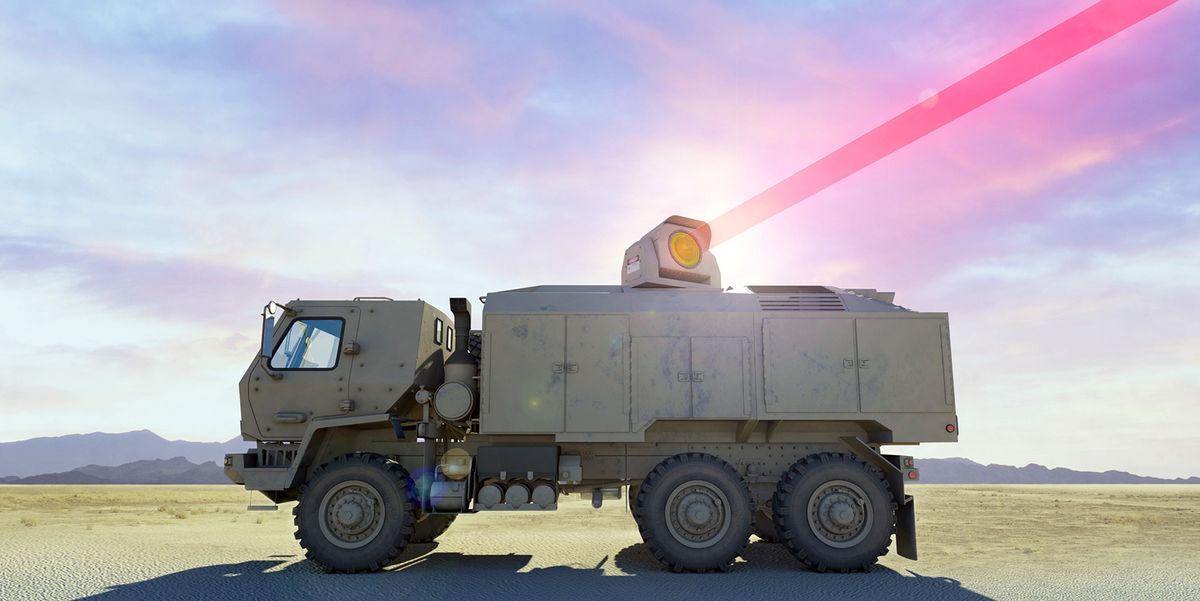
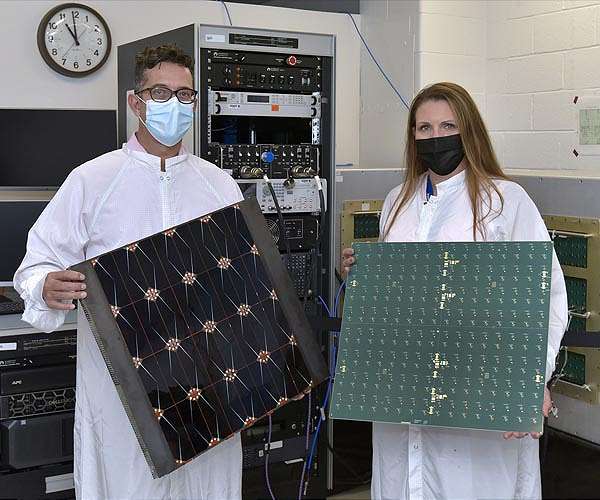

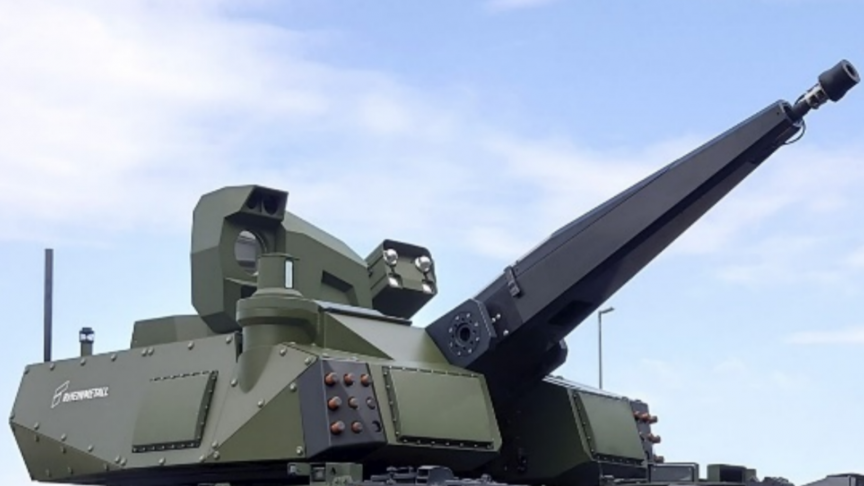

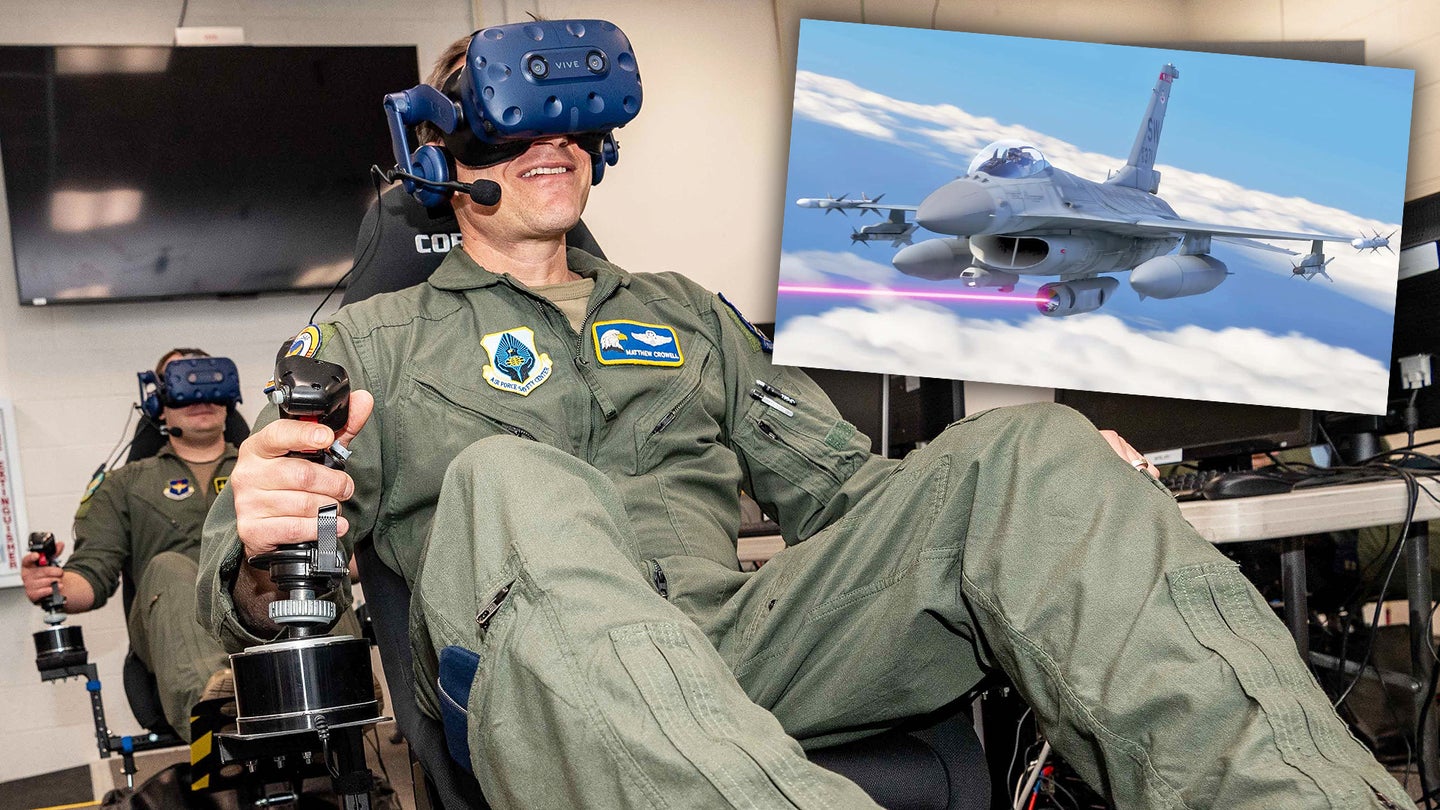
The U.S. Air Force recently held a wargame that saw pilots flying simulated missions that involved the combined use of podded airborne laser weapons and two undisclosed “future kinetic concepts” in a virtual reality battlefield environment. The wargame highlights the service’s efforts to develop virtual testing environments for use in weapon systems development and its increasing interest in using these digital spaces for use in training.
According to an Air Force Research Laboratory (AFRL) press release, the wargame was conducted at Kirtland Air Force Base between January 24 and 28 in conjunction with AFRL’s Munitions Directorate. It was held as part of the joint Directed Energy and Kinetic Energy Directed Energy Utility Concept Experiment, or DEKE DEUCE, which is designed to explore “synergies between directed energy and kinetic concepts in the future battlespace.” This most recent experiment saw pilots, weapon systems officers, and air battle managers teaming together to operate in a series of what AFRL calls “virtual vignettes” that explored the combined use of “an airborne high energy laser pod and two future kinetic concepts.”
[...]While AFRL states one of the technologies tested in this virtual experiment was a high-energy laser pod, it’s unknown what the other two “future kinetic concepts” could be. We have reached out to Kirtland Air Force Base for more information about DEKE DEUCE and the notional weapon systems tested in this wargame.
A P-8A Poseidon - a maritime patrol aircraft - detected a laser emanating from a People's Liberation Army – Navy (PLA-N) vessel, the Defence Department said in a statement.
"Illumination of the aircraft by the Chinese vessel is a serious safety incident," the department said. "Acts like this have the potential to endanger lives. We strongly condemn unprofessional and unsafe military conduct."
The Chinese vessel was sailing east with another PLA-N ship through the Arafura Sea at the time of the incident, the department said. The sea lies between the north coast of Australia and the south coast of New Guinea.

Repeated Sonic attacks close to the White house:

US investigating possible mysterious directed energy attack near White House
Federal agencies are investigating at least two possible incidents on US soil, including one near the White House in November of last year, that appear similar to mysterious, invisible attacks that have led to debilitating symptoms for dozens of US personnel abroad.www.cnn.com



Israel plans ‘laser wall,’ but questions remain about effectiveness and cost
Where will Israel station the weapons? Will they be able to defend the country against rockets? Is the technology affordable, and what platforms will host the laser systems?www.defensenews.com

Israel plans ‘laser wall,’ but questions remain about effectiveness and cost
Where will Israel station the weapons? Will they be able to defend the country against rockets? Is the technology affordable, and what platforms will host the laser systems?www.defensenews.com
Yeah.. for Grad like rocket... the system according to my estimate can engage 12 targets and may cost about 28 Million USD. The cost per shot however is only about 2 cents which seems favorable against hundreds of thousands dollar worth Tamir interceptor missile. and perhaps cheaper than the Grad itself.
It's more like perspective in how people see cost vs effectiveness.
Think your attachment figures looks very optimistic, cost estimate of $29 million for a 500 kW laser, do they quote a source for the figure, have no feel for what a 500 kW would cost but the LM Helios, a 60-kilowatt laser with room to grow to perhaps 150 kilowatts, the two development units costing $150 million, $75 million each and looking at a laser 3 to 4 the power of Helios (Helios currently running two years late and with only enough power to take out thin skinned UAVs, would have thought Grad rocket much tougher target requiring maybe twice the time on target to burn through as quoted in attachment).
Would it be safe to assume why the Army specifications require a 300kW laser so that able to deliver necessary power of ~> 24 kJ per sq cm for 3 or more seconds at 4 to 5 km range to be an effective C-RAM system, further assumption the Army 50 kW and Navy 60 kW lasers only capable of delivering 4 to 5 kJ power to take out Class 1 and 2 plastic UAVs at 4 to 5 km.Think your attachment figures looks very optimistic, cost estimate of $29 million for a 500 kW laser, do they quote a source for the figure, have no feel for what a 500 kW would cost but the LM Helios, a 60-kilowatt laser with room to grow to perhaps 150 kilowatts, the two development units costing $150 million, $75 million each and looking at a laser 3 to 4 the power of Helios (Helios currently running two years late and with only enough power to take out thin skinned UAVs, would have thought Grad rocket much tougher target requiring maybe twice the time on target to burn through as quoted in attachment).
Well yeah it's very optimistic as i only have 4 cost elements and discounting the RnD. Now if only i can find more sources.
The Grad tho can be assumed to be like Solid fuel ICBM with hardness of some 24 KJ/sqcm.
Wikipedia Stinger "It has a targeting range of up to 4,800 m and can engage low altitude enemy threats at up to 3,800 m" Think remember Raytheon quoting range of their 50 kW laser as ~4.5 km, how Stinger 2.25 lbs warhead energy kJ compares to that of the laser ~ 4 to 5 kJ not sure but expect substantially larger?Army's DE-MSHORAD is stated by the SHIELD team to offer greater stand off range against the UAS target compared to the Stinger-PF available to them on the kinetic MSHORAD platform. That's 50kW.
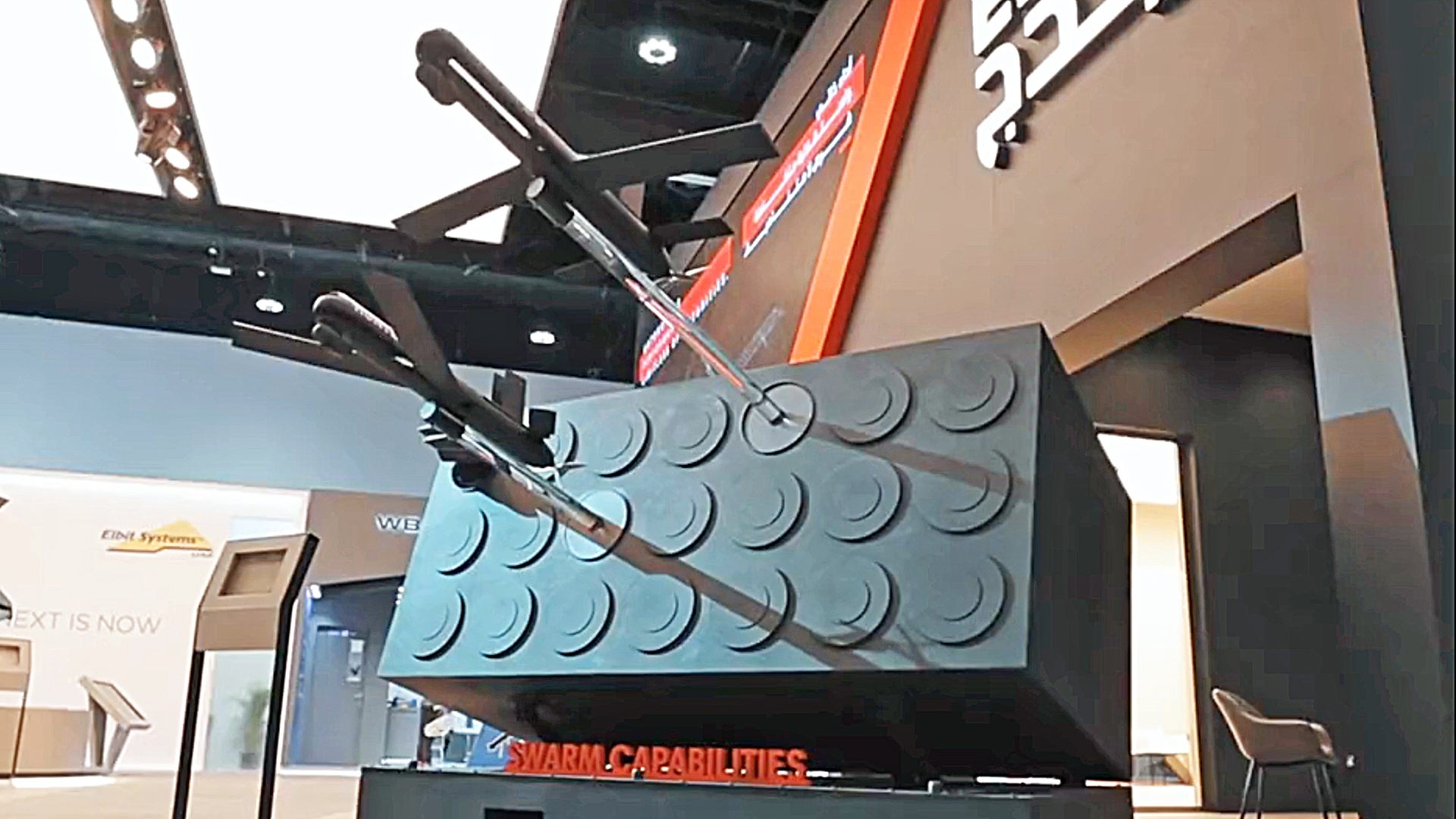
Would appear above UAE drones might be an order magnitude cheaper than the unknown cost of a 50 kW laser for the DE M SHORAD for targeting drones as is the laser much lower cost if compared to the IM-SHORAD with its Stingers "worth more than $5 Million each time it is reloaded - @bring_it_on ". Wikipedia quotes cost of Stinger as only $38,000 each so missing something on build up of the $5 million figure (of current interest Ukraine urgently asking for Stingers, don't think the 50 kW lasers capable as its 'warhead' so low in power would not be able to take out the Russian a/c and helicopters as Stinger).
The big plus of lasers is the claim that they cost is only a couple of dollars per shot, but the actual cost of the laser is unknown, but if say ~ $5 to $10 million for a short range 50 kW laser with a very low power 'warhead' and so resulting in limited capabilities, unable to operate in adverse weather, low cloud, rain, snow (Ukraine) etc laser beginning look very expensive for what it gives you.Would appear above UAE drones might be an order magnitude cheaper than the unknown cost of a 50 kW laser for the DE M SHORAD for targeting drones as is the laser much lower cost if compared to the IM-SHORAD with its Stingers "worth more than $5 Million each time it is reloaded - @bring_it_on ". Wikipedia quotes cost of Stinger as only $38,000 each so missing something on build up of the $5 million figure (of current interest Ukraine urgently asking for Stingers, don't think the 50 kW lasers capable as its 'warhead' so low in power would not be able to take out the Russian a/c and helicopters as Stinger).
Confusing the cost of a loaded IFPC launcher to a loaded MSHORAD launcher most probably. But that is still a stupid comparison. These things aren't going to be defeated by any one system alone but via a layered approach that includes High Power Microwaves, counter ISR, sUAS and LM focused jamming, and HEL, kinetic interceptors, guns and most importantly tactics etc . Any analysis that is not looking at an overall layered approach and its effectiveness against a range of threats is completely missing it and not worth discussing.
How effective is the UAE loitering munitions? What kinetic and non-kinetic threats has it been tested against? What makes it unique and difficult to develop as a threat system for testing, development and training of these sUAS, and C-UAS SHORAD systems?


Winning 21st century wars requires directed-energy capabilities
Our military’s ability to defend the homeland by defeating aggression overseas require them to operate within range of overwhelming numbers of armed UAVs and precision-guided missiles. Are they ready for this? No, but they can be if the services integrate directed-energy systems throughout their...www.defensenews.com
